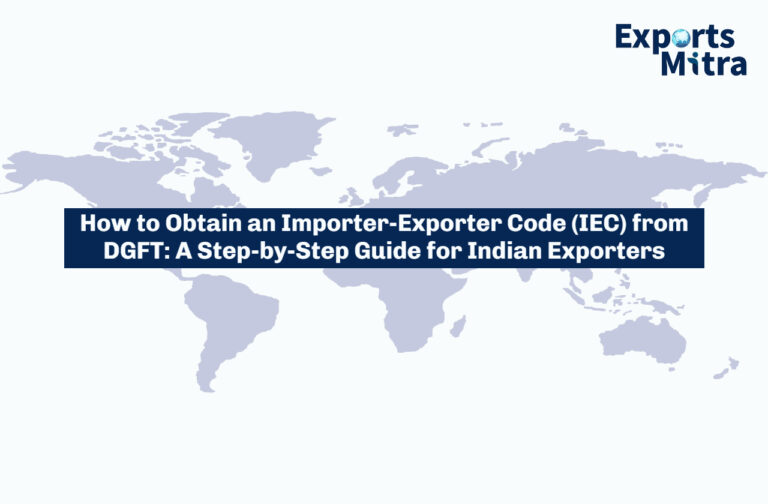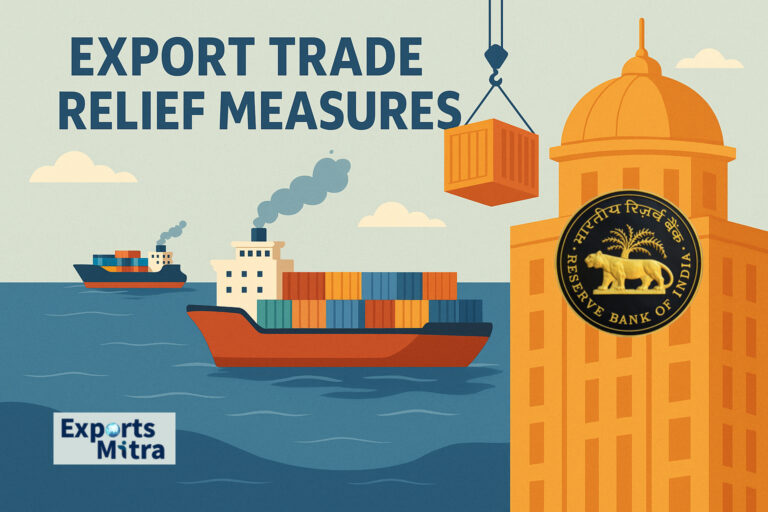India has a rich cultural and economic heritage, making it an attractive destination for entrepreneurs looking to expand their businesses globally. With a population of over 1.3 billion and a rapidly growing economy, India offers immense opportunities for export businesses. Starting an export business in India can be a lucrative venture, but it can also be challenging. In this article, we will provide you with a step-by-step guide on how to start an export business in India.
Table of Contents
Step 1: Identify Your Export Product
The first step in starting an export business is to identify the product that you want to export. You need to research the global market and find out which products are in demand in other countries. Some of the popular export products from India include textiles, handicrafts, spices, tea, engineering goods, pharmaceuticals, and software.
Step 2: Conduct Market Research
Once you have identified your export product, the next step is to conduct market research. You need to find out the countries where there is a demand for your product, the competition in those countries, the regulations and policies of the importing country, and the potential buyers. You can do this by attending trade shows and exhibitions, talking to industry experts, and using online resources.
Step 3: Obtain Necessary Licenses and Permits
To export from India, you need to obtain certain licenses and permits. You need to register your business with the Director General of Foreign Trade (DGFT) and obtain an Importer-Exporter (IE) code. You also need to register your business with the Goods and Services Tax (GST) authorities and obtain a GST registration. Depending on the product you are exporting, you may also need to obtain other licenses and permits.
Step 4: Find Reliable Suppliers
To ensure the quality of your product, you need to find reliable suppliers in India. You can do this by attending trade fairs and exhibitions, contacting industry associations, and conducting online research. It is important to visit the supplier’s facility and check their quality control processes before finalizing the deal.
Step 5: Decide on the Mode of Transportation
Once you have finalized your product and supplier, you need to decide on the mode of transportation. You can choose to transport your product by air, sea, or land depending on the distance and urgency of delivery. It is important to choose a reliable and experienced logistics provider who can handle the transportation, customs clearance, and delivery of your product.
Step 6: Negotiate the Terms of Payment
Before exporting your product, you need to negotiate the terms of payment with your buyer. You can choose to receive payment through a letter of credit (LC), which guarantees payment from the buyer’s bank, or through other modes of payment such as wire transfer or PayPal. It is important to ensure that you have a clear understanding of the payment terms and that they are mutually beneficial.
Step 7: Ensure Compliance with Regulations and Policies
To export from India, you need to comply with various regulations and policies such as customs clearance, export documentation, and product standards. You need to ensure that you have all the necessary documentation such as the commercial invoice, packing list, and bill of lading. You also need to ensure that your product meets the quality and safety standards of the importing country.
Step 8: Build a Network of Contacts
To succeed in exporting, you need to build a network of contacts in the importing country. You can do this by attending trade shows and exhibitions, participating in business forums, and using online resources. It is important to establish a good relationship with your buyers and maintain regular communication.
Step 9: Monitor and Evaluate Your Export Performance
Finally, you need to monitor and evaluate your export performance. You need to track your sales, shipments, and customer feedback to identify areas for improvement. You can use various tools such as export management software to manage your shipments and export documentation. It is important to evaluate the feedback from your customers and make necessary changes to improve the quality of your product and service.
Conclusion
Exporting from India can be a profitable venture, but it requires careful planning, research, and execution. By following these steps, you can successfully start and grow your export business in India. It is important to identify your export product, conduct market research, find reliable suppliers, comply with regulations and policies, and build a network of contacts. Monitoring and evaluating your export performance is also crucial for long-term success. With the right approach, exporting can open up new opportunities for your business and contribute to the growth of the Indian economy.






